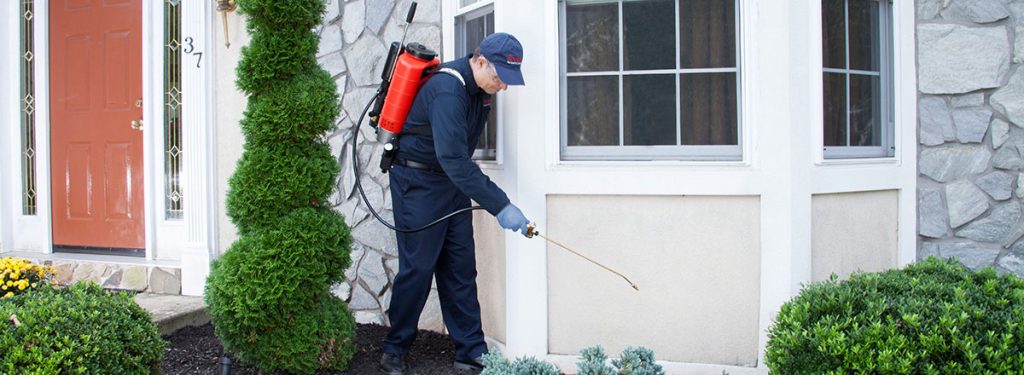Wildlife encounters in urban and suburban areas can pose significant challenges and risks to both property and safety. From nuisance animals causing damage to homes to dangerous encounters that require immediate attention, emergency wildlife removal services play a crucial role in mitigating these situations and ensuring the safety and well-being of both people and wildlife. In cities and neighborhoods, it is not uncommon for wildlife such as raccoons, squirrels, skunks, snakes, or bats to venture into residential or commercial spaces in search of shelter, food, or water. While these animals are an essential part of our ecosystem, their presence in human habitats can result in damage to structures, gardens, and potential health hazards. This necessitates the need for swift and professional wildlife removal services.

An organization offering 24/7 emergency wildlife removal services understands the urgency of wildlife-related issues. Emergencies can happen at any time, whether it is a snake found in a living room, a raccoon causing a ruckus in an attic, or a skunk trapped in a garage. Immediate response is crucial to prevent further damage and minimize risks to residents or occupants. Trained and experienced wildlife removal professionals are equipped to handle a wide range of wildlife emergencies safely and efficiently. They possess the wildlife control knowledge and expertise to identify the species, assess the situation, and implement appropriate removal techniques. The primary goal is to remove the wildlife in a humane manner, without causing harm to the animal or the surroundings.
Emergency wildlife removal services often involve a multi-step approach:
Assessment and Evaluation: Wildlife experts assess the situation, identifying the type of animal, its behavior, and potential entry points. Understanding the animal’s habits is crucial for devising an effective removal plan.
Safe Trapping and Removal: Utilizing safe and humane trapping techniques, the wildlife is captured and removed from the property. Special care is taken to avoid harm to the animal and its young, if present.
Repairs and Exclusion: After removal, any damage caused by the wildlife is repaired, and preventative measures are implemented to deter future intrusions. This could involve sealing entry points, installing barriers, or providing recommendations for habitat modification.
Clean-Up and Sanitization: Wildlife removal often involves cleaning and sanitizing the affected area to remove droppings, urine, and potential pathogens. This step is vital for restoring a safe and habitable environment.
Education and Prevention: Providing information to clients about wildlife behavior and prevention strategies is a key component. Educating individuals on how to minimize the risk of future wildlife encounters is essential for long-term success.
In summary, emergency wildlife removal services offered round the clock are indispensable for ensuring public safety, protecting property, and maintaining a harmonious coexistence between humans and wildlife. Through prompt and professional response, these services aid in resolving wildlife emergencies and preventing future conflicts.
